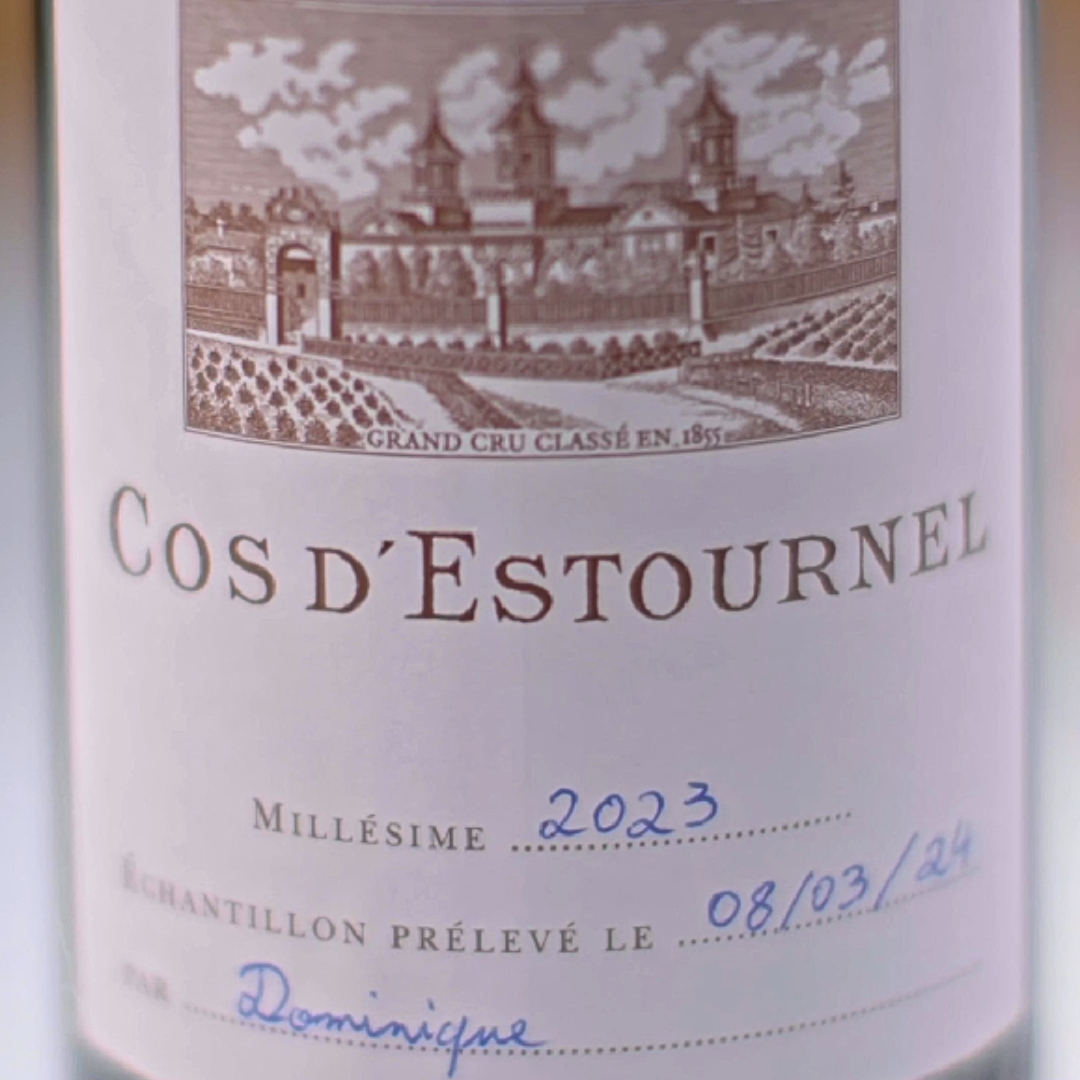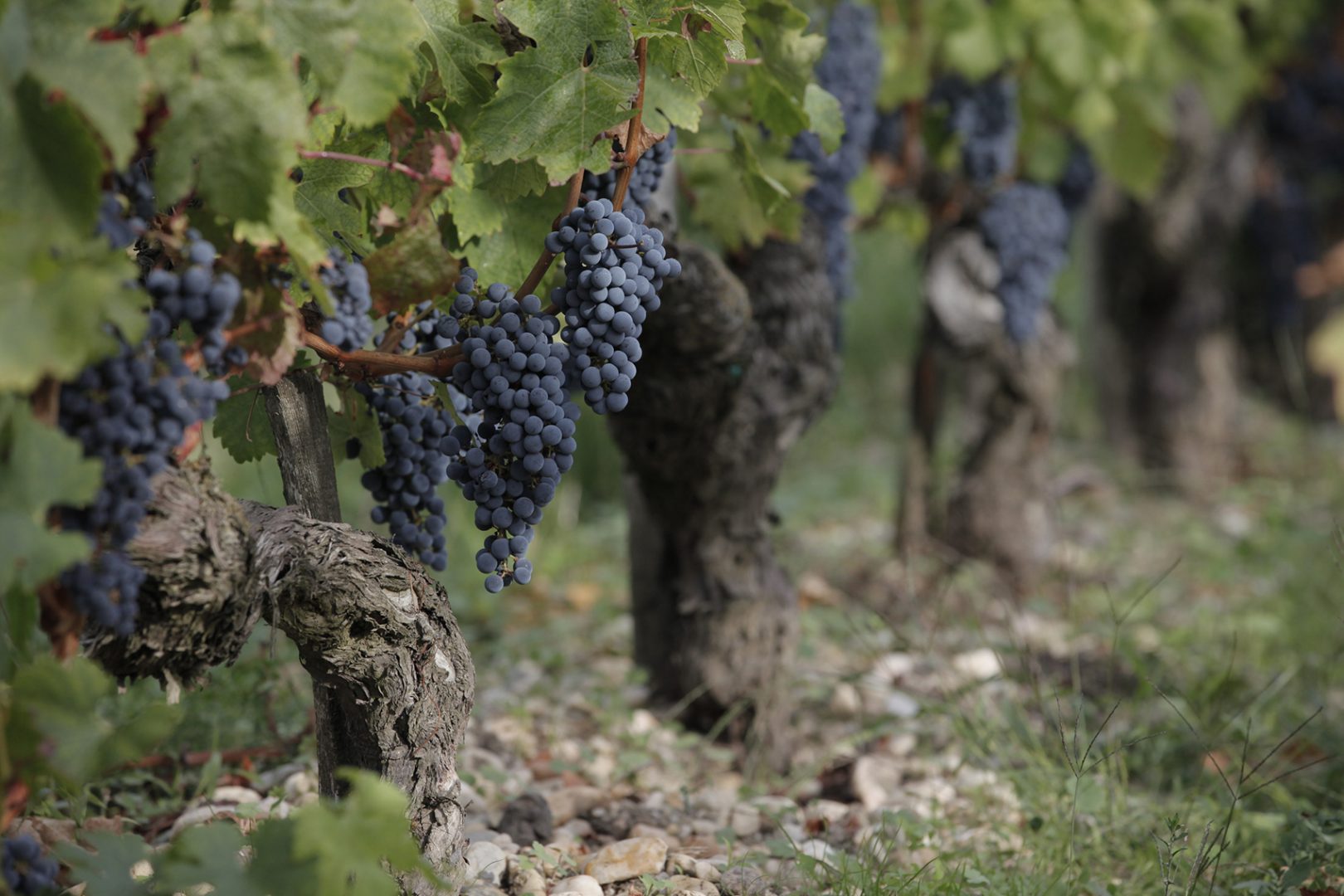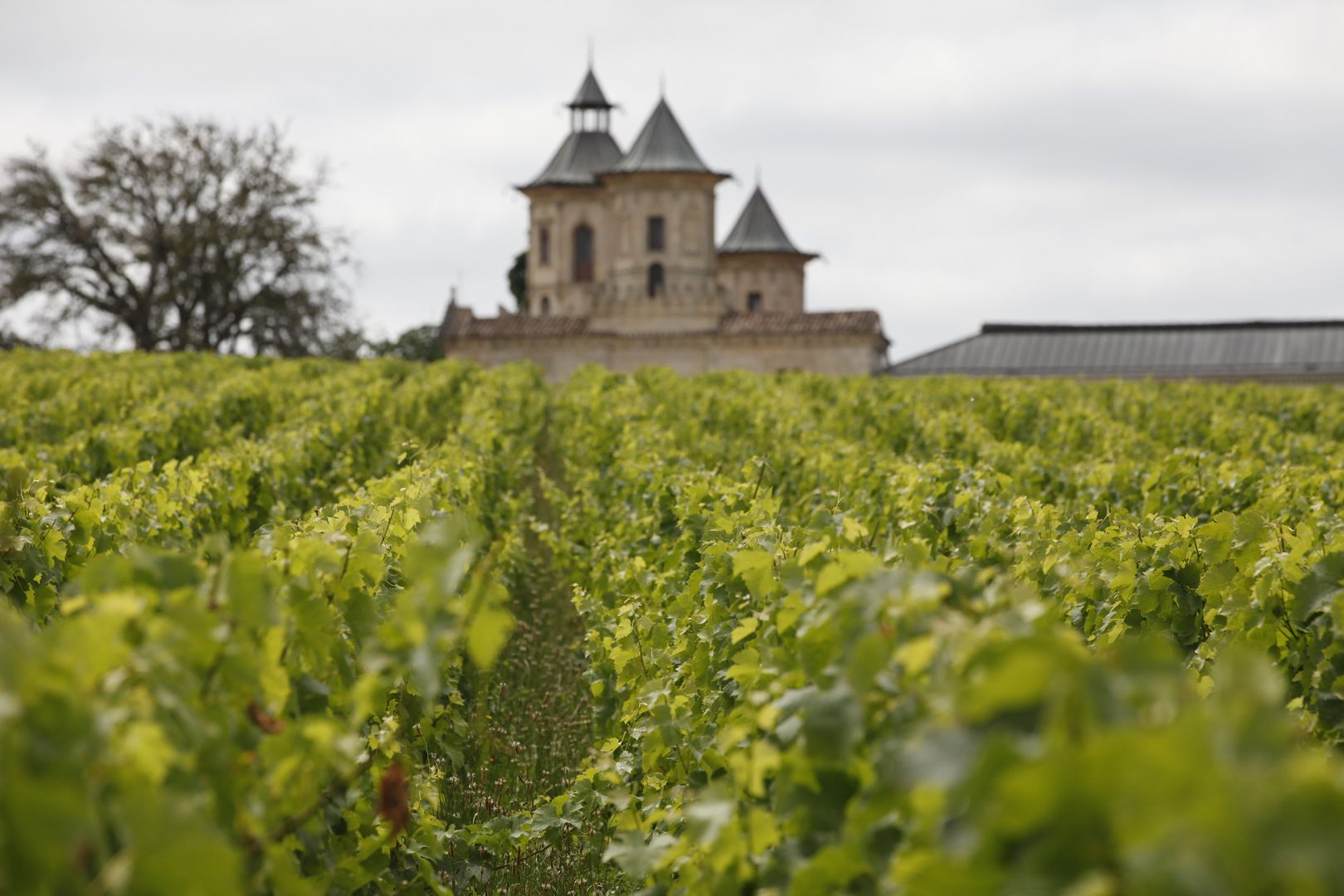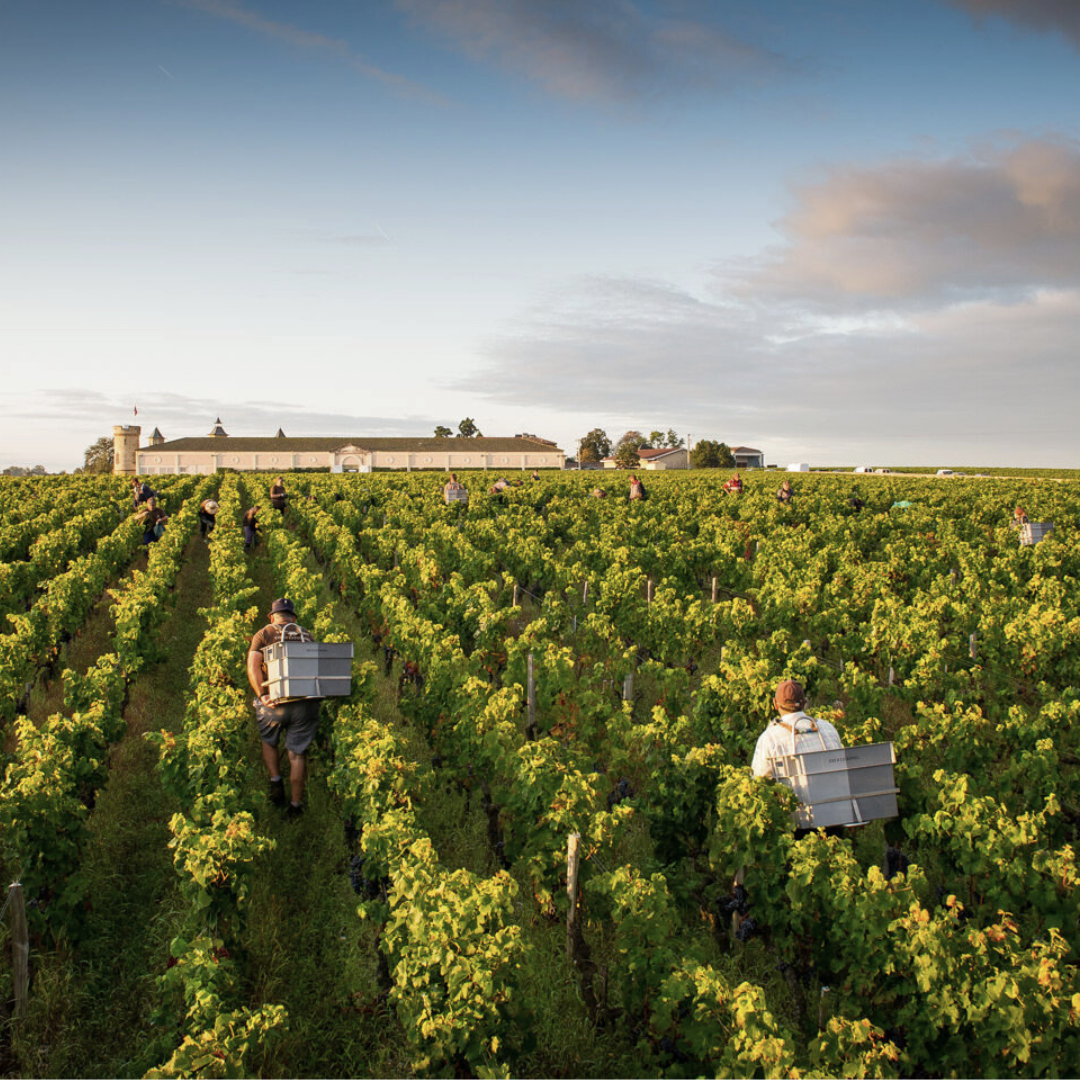The name “Cos” may be derived from the Gascon word for “hill of pebbles” but what about the soils and subsoils that compose the hill of Cos? What is their impact on the vines that take root within? These are among the questions that drove Cos d’Estournel to pursue an in-depth analysis of its soils and subsoils nearly two decades ago. It was a long-term initiative, born of the desire to ensure that each vine plant and grape variety perfectly matched the soil in which they were planted, the ultimate goal being to preserve and pass on this invaluable legacy to future generations.
All in all, twenty soil types were identified. At the top of the hill is a gravel plateau, which lies upon a layer of gravel mixed with clay, beneath which lies a layer of very pure clay, followed by a layer of marlstone sitting upon limestone basement rock. These precise, scientific terms reflect the diversity of the estate’s subsoils. And it is the awareness of this diversity—a single plot may include two or three different types of soil—that allows Cos d’Estournel to adapt its winegrowing techniques according to the specific characteristics of subplots. As they take root in soils ranging from gravel to clay-limestone, the estate’s vines may fully benefit from an astounding complexity of terroir.









